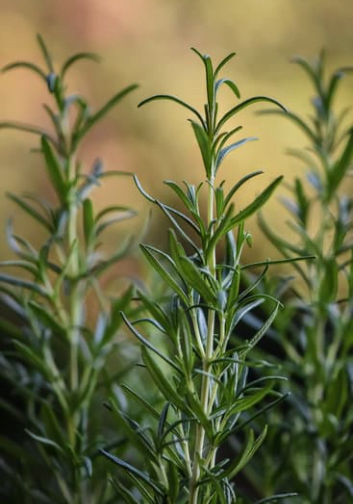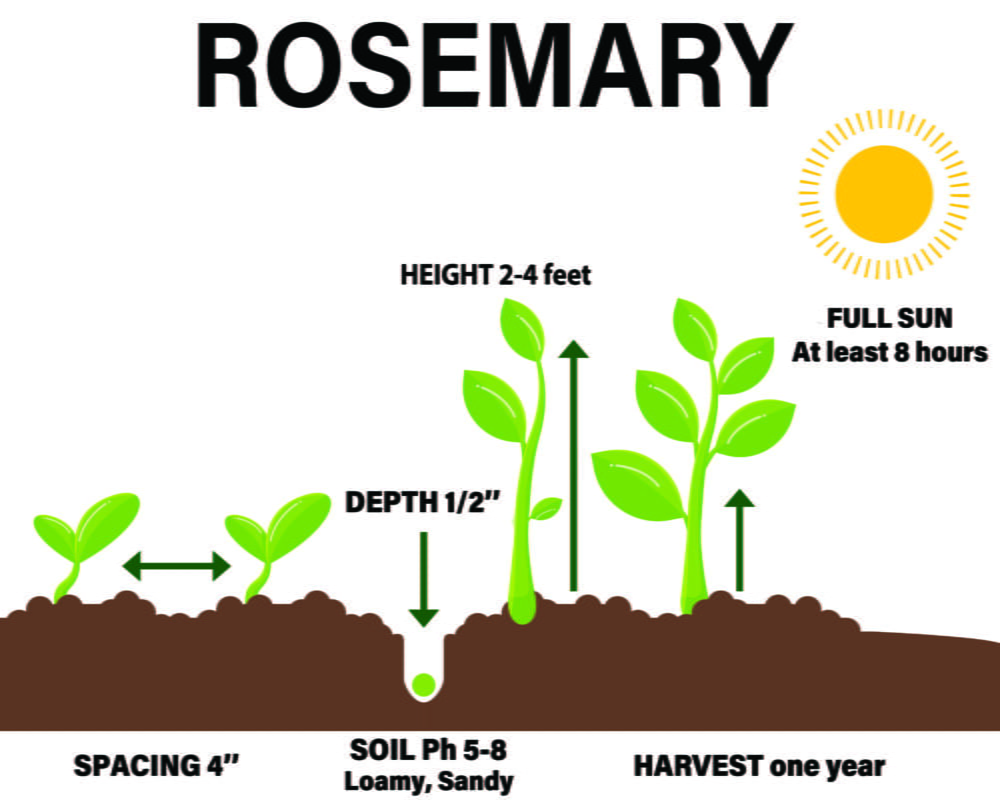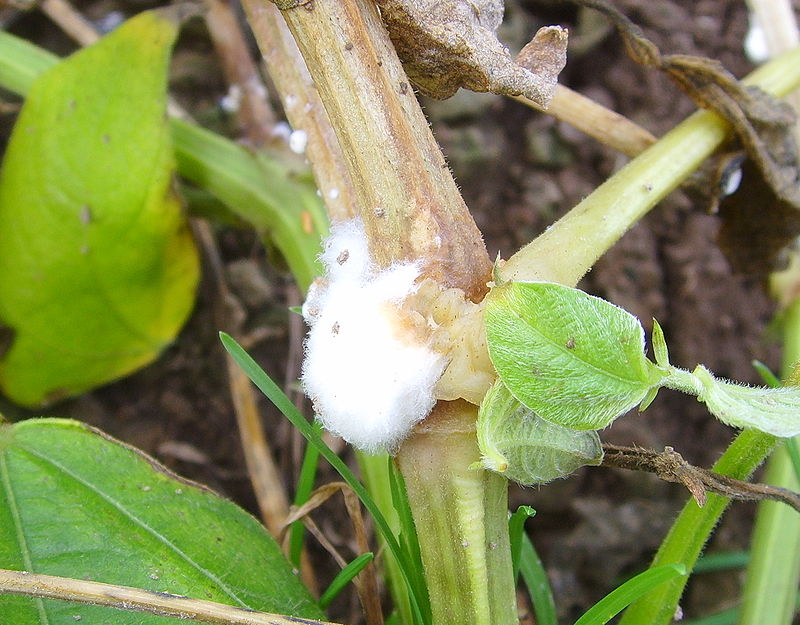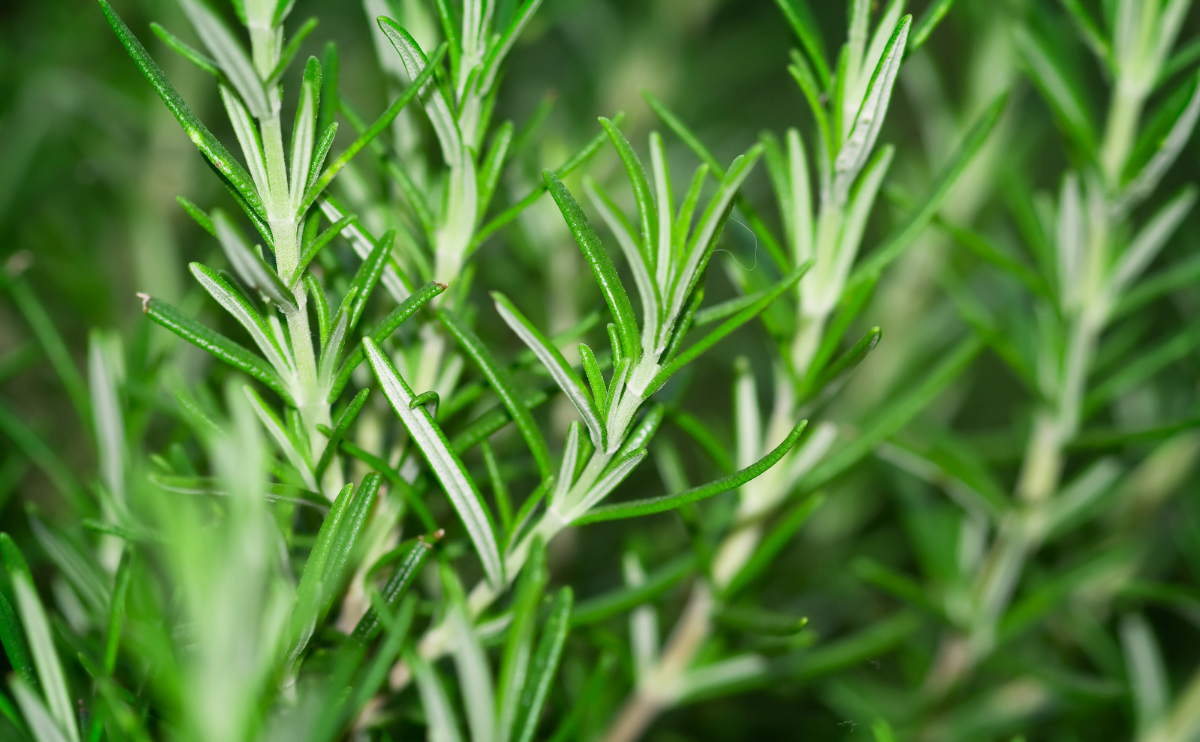The rosemary plant (Salvia rosmarinus) is a fragrant herb that grows as a perennial rounded evergreen shrub. It features slender, needle-like, gray-green leaves on erect woody stems. And it produces clusters of small, light blue to white flowers typically in the late spring to early summer, though it can bloom at other points of the year as well. Plant rosemary in the spring after any threat of frost has passed. You can grow rosemary indoors, too, though it will grow quite large. The shrub has a moderate growth rate and spreads when planted.

| Common Name | Rosemary |
| Botanical Name | Salvia rosmarinus |
| Family | Lamiaceae |
| Plant Type | Herb, perennial |
| Size | 2–6 ft. tall, 2–4 ft. wide |
| Sun Exposure | Full sun |
| Soil Type | Sandy, loamy, well-drained |
| Soil pH | Acidic, neutral |
| Bloom Time | Spring, summer |
| Hardiness Zones | 8–10 (USDA) |
| Native Area | Mediterranean |

When to Plant?
This will be determined by your planting zone. There is a final frost date for each area. As a result, you can plan your gardening activities around this date. Check our Frost Dates Across North America: First & Last Frost Dates Chart. However, the date will not be the same for every plant.
How to Plant
You will need plenty of sunshine, drained soil, and good air circulation for successful rosemary growing.
Sow the seeds indoors 8 to 10 weeks before the last spring frost.
Seeds can take a long time to germinate – about 2 – 3 weeks.
For best growth, the soil temperature should be around 70°F.
Ensure that the roots can develop freely. It will help the rosemary branches to build up mass quickly.
Minimum pot size: 8 – 10″ deep and 12″ in diameter. It is best to use a container made of clay or terracotta.

For fresh rosemary in the winter, grow the plant indoors in a pot. Be sure to put it in bright light and protect it from cold drafts. Fill a container almost to the top with a good seed starting mixture, sprinkle the seeds on the surface, and then cover with an additional 1/2 inch of the starting mixture.
How to Cultivate
Soil – Grow rosemary in sandy, well-draining soil, pH 5.0 – 8.0
Sun – 6 to 8 hours of full sunlight daily. Sun or partial shade.
Spacing – 4″
Water – Evenly water rosemary throughout the growing season, but be careful not to overwater it.
Water rosemary plants when the soil is completely dry.
Be careful not to overwater and avoid making the soil soggy, as this leads to root rot.
Fertilizer – There is little need to fertilize rosemary plants.
Drench plants with water-soluble organic plant food one month after setting them out.
Frost tolerant – Hardy only to about 10°F.
How to Harvest
Rosemary seeds take about a year to grow, i.e., you will get a full harvest only next year.
Like most herbs, rosemary’s flavor peaks just before flowering – but leaves can be harvested year-round.
Gather sprigs as needed in the kitchen.
Gather stems for drying from spring to late summer.
Choose tender tips and cut stems 6 to 8 inches long with the garden pruners.
Bundle sprigs and hang them upside down in a warm, airy place.
Once dried, store the sprigs or stripped-off leaves in sealable containers or jars.
Hydroponics
Germination: You can start by germinating the rosemary seeds in a paper towel or directly in the growing medium of your hydroponic system. To ensure successful germination, keep the seeds moist but not waterlogged and at a temperature of around 20-25°C (68-77°F).
pH range: The pH range for rosemary hydroponics should be between 5.5-6.5. It is essential to monitor the pH regularly using a pH meter or pH test strips and adjust it if necessary using pH up or pH down solutions.
EC (Electrical Conductivity): The ideal EC range for rosemary hydroponics is between 1.5-2.5 mS/cm. It is essential to monitor the EC levels of the nutrient solution regularly using an EC meter and adjust it if necessary.
PPM (Parts Per Million): The recommended PPM range for rosemary hydroponics is between 700-1400 ppm. It is essential to monitor the PPM levels of the nutrient solution regularly using a TDS meter and adjust it if necessary.
Humidity: Rosemary prefers a humidity level of around 40-60%. You can use a humidifier or a dehumidifier to maintain the desired humidity level in your growing area.
Light hours: Rosemary requires around 12-14 hours of light per day for optimal growth. You can use grow lights such as LED, HID or fluorescent lights to provide the necessary light for your plants.
Temperature air: Rosemary grows best in a temperature range of 18-25°C (65-77°F). Ensure that your growing area is well-ventilated and the temperature is consistent.
Temperature water: The ideal water temperature for rosemary hydroponics is between 18-22°C (64-72°F). You can use a water heater or chiller to maintain the desired water temperature in your hydroponic system.
With these guidelines in mind, you should be well on your way to successfully growing Rosemary hydroponically. Good luck!
Common Pests and Diseases
Cottony soft rot S(clerotonia sclerotiorum)
Symptoms: Plants rapidly wilting and dying, often without turning yellow; as plants dry out they may turn straw yellow in color; small black fungal bodies (sclerotia) may be present on the surface of the root just below the soil line together with white fluffy mycelium; water soaked lesions may be present on the stem in Spring; infected tissues dry out and may become covered in white mycelium.
Cause: Fungus
Management
Plant only disease free material; if disease is known to be present rotate crops with non-hosts such as cereals which are a non-host



